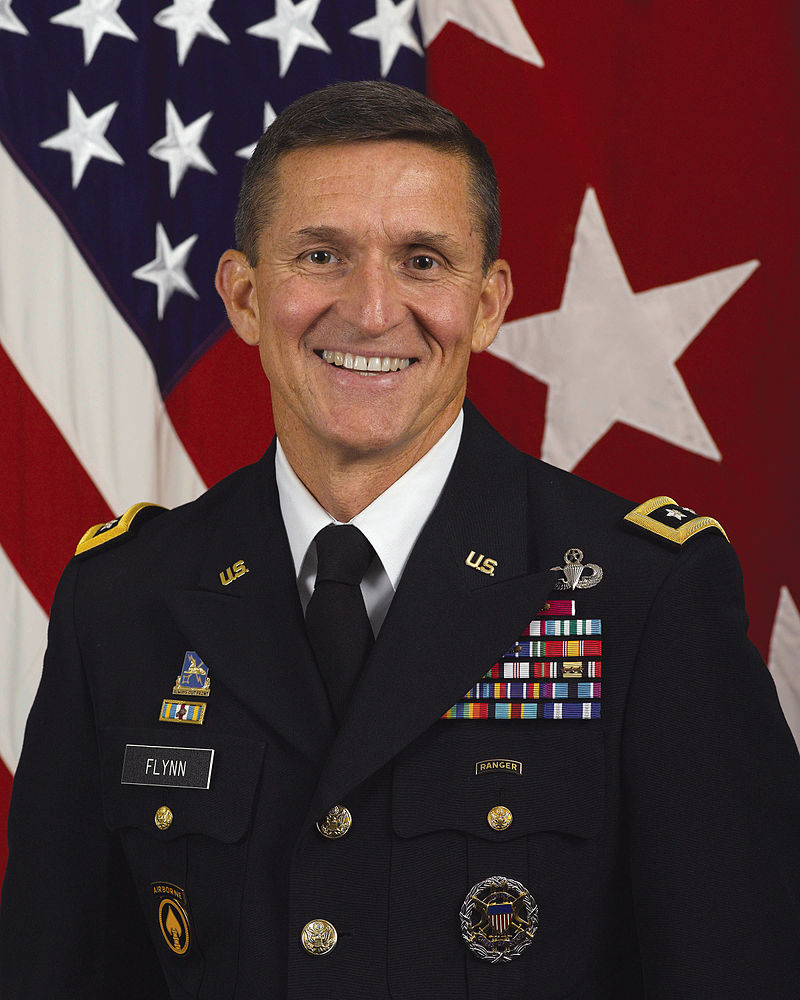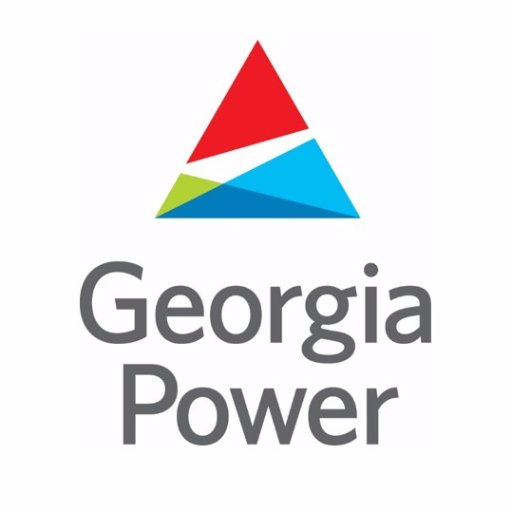
Blog
-
Geiger Readings for Jun 13, 2017
Ambient office = 57 nanosieverts per hourAmbient outside = 96 nanosieverts per hourSoil exposed to rain water = 98 nanosieverts per hourCarrot from Central Market = 77 nanosieverts per hourTap water = 88 nanosieverts per hourFilter water = 67 nanosieverts per hour -
Nuclear Reactors 288 – Michael Flynn Was Involved In a Project To Build Forty Nuclear Reactors In Middle Eastern Countries
Michael Flynn has been in the news a lot lately. He was fired as the National Security Advisor for Donald Trump because he lied about being involved with foreign government. It turns out that he had some grand plans for spreading nuclear power to the Middle East.
According to the financial forms that he filed and then modified as part of his ascending to the National Security Advisor post, in 2015 and 2016, he was an advisor to X-Co Dynamics Inc./Iron Bridge Group. The CEO of company was retired Admiral Michael Hewitt and an advisor to the company was retired Admiral Frank Bowman. Bowman was in charge of U.S. navy nuclear programs. Other ex-military officers were associated with the company.
According to reports, Flynn flew to Egypt and Israel in the summer of 2015. The purpose of his trip was to test the waters for a plan to launch a Saudi-funded joint U.S. and Russia program to basically take control of the efforts of Middle Eastern countries to build nuclear power plants. The rational for this plan was the fear that Middle Eastern countries who developed their own nuclear program might not have adequate safeguards against the use of radioactive materials in their spent nuclear fuel being used for the creation of nuclear weapons. (It is also possible that another reason for the plan was the revitalization of the stagnant U.S. nuclear industry.)
The Flynn’s plan was to have the U.S. and Russian partnership build, fuel and operate nuclear power plants in the Middle East and to strictly control the spent nuclear fuel produced by the plants. Flynn’s part would be to create and managed the security for the entire project.
X-Co Dynamics Inc./Iron Bridge Group claimed that the estimated one trillion dollar price tag for the project would be entirely borne by Saudi Arabia and other Gulf State. It would cost the U.S. tax payers nothing and it would provide a huge boost to the U.S. nuclear industry. Saudi Arabia and the other investors would profit from the sale of power to Egypt, Jordan, Yemen and Gulf Cooperation Council (GCC) members Kuwait, Bahrain, Oman, the United Arab Emirates and Qatar
One Middle Eastern country that would not be part of the project would be Iran. Flynn had long wanted to forge a relationship between the U.S. and Russia in order to create a united from against international terrorism which would include driving a wedge between Russia and Iran. Some reports about the project concluded that isolating Iran was one of the main motivations.
Representatives of X-Co Dynamics Inc./Iron Bridge Group say that isolating Iran was never part of their plan. Whether or not that was true, the Obama administration was busy negotiating a deal with Iran and was not interested in getting involved with Russia to build forty nuclear reactors in the Middle East. When Trump won the Presidency and Flynn became his NSA, prospects for the joint project brightened. Strategic Partners, a company involved with the security aspects of the project began lobbying heavily for the project when Trump was elected.
Unfortunately, the FBI investigation into Russian involvement with the U.S. election and connections between members of the Trump administration and Russia caused some individuals and organization connected to the project to drop out. There also appeared to be little interest from the Saudis in funding the project. X-Co Dynamics Inc./Iron Bridge Group parted ways with Strategic Partners and began exploring involving China in a joint venture instead of Russia.
People involved with X-Co Dynamics Inc./Iron Bridge Group have said that they understood Flynn’s involvement to be restricted to approaching Egypt and Israel about the security aspects of the project. Flynn was not paid for his efforts and only received travel expenses.
Michael Flynn:
-
Geiger Readings for Jun 12, 2017
Ambient office = 99 nanosieverts per hourAmbient outside = 115 nanosieverts per hourSoil exposed to rain water = 125 nanosieverts per hourCrimini mushroom from Central Market = 52 nanosieverts per hourTap water = 96 nanosieverts per hourFilter water = 87 nanosieverts per hour -
Nuclear News Roundup Jun 11, 2017
Cold functional tests have begun at the first-of-a-kind EPR unit at Olkiluoto, Finnish utility Teollisuuden Voima Oyj (TVO) announced today. The unit is expected to be in operation by the end of next year. world-nuclear-news.org
A nuclear reactor in central Illinois has begun operating again just over a year after the plant owner warned it would shut down this month if financial losses continued. Chicago.suntimes.com
-
Geiger Readings for Jun 11, 2017
Ambient office = 120 nanosieverts per hourAmbient outside = 100 nanosieverts per hourSoil exposed to rain water = 93 nanosieverts per hourAvocado from Central Market = 90 nanosieverts per hourTap water = 73 nanosieverts per hourFilter water = 58 nanosieverts per hour -
Geiger Readings for Jun 10, 2017
Ambient office = 112 nanosieverts per hourAmbient outside = 109 nanosieverts per hourSoil exposed to rain water = 106 nanosieverts per hourHeirloom tomato from Central Market = 119 nanosieverts per hourTap water = 98 nanosieverts per hourFilter water = 81 nanosieverts per hourDover sole – Caught in USA = 96 nanosieverts per hour -
Nuclear Reactors 287 – Problems Plague New Reactors Project At Vogtle Power Plant In Georgia – Part Two of Two Parts
Part Two of Two Parts (Please read Part One first)
Last year, Georgia Power was required to file documentation with the Georgia state utility regulators to explain the billions of extra dollars that they have had to spend on the reactor project to date. Georgia Power provided over one thousand pages to the regulators.
Westinghouse had a very complex project plan with over one hundred and fifty thousand tasks. There was not enough slack built into the schedule. When milestones were missed, there was no extra time to catch up later. Westinghouse was building the new AP1000 reactor design so there were no experienced vendors who had built the design before. And the nuclear industry is highly demanding when it comes to quality control. Frequent design changes affected the schedule as well as poor work from Shaw Modular Solutions that had to be redone. Their new facility at Lake Charles, LA was the origin of a lot of problems.
There were many changes to the project from both the contractors and the regulators. Special teams were formed by both of the major contractors including a “modular recovery team” at Westinghouse and the “Fit It Now” team from Shaw. These teams attempted to identify and solve small problems before they evolved into big problems that seriously impacted the whole project. Georgia Power eventually told the vendors that their performance on modular and submodule quality control was not acceptable.
The agreement with the vendors was called a fixed/firm contract. The vendors formed a consortium and agreed to take more of the risk because Georgia Power was trying to restart the nuclear power construction industry in the U.S. One problem with this arrangement was that the vendors were under pressure to prioritize cost control over safety, quality and schedule.
The consortium had to cover the cost of most of the rework which kept piling up. This caused financial problems. The consortium also issued multiple change orders to the original contract which were disputed by Georgia Power. Disputes also broke out between vendors. Many of these disputes eventually became lawsuits. By 2015, there were over one thousands engineering and design changes that were in suspended and in dispute.
A broad settlement agreement finally ended the lawsuits between the contractors and the utilities. Westinghouse bought Chicago Bridge & Iron Company nuclear construction business and became Vogtle’s prime contractor. Fluor Corporation was contracted to help manage the new schedule which was supposed to bring the new Vogtle reactors to the Georgia power grid by 2020.
The project is still four years behind schedule. A May 5th, 2017 document from Georgia Power listed problems that still exist in meeting project milestones. These problems include poor contractor planning, late shipments from vendors, bad quality control at contractors and bad communications.
Southern Company’s nuclear unit and Georgia Power are now taking direct control of the Vogtle reactor project. They are assessing the costs of continuing construction of one or both of the new AP1000 reactors. Toshiba just announced that it will provide three billion six hundred million dollars to the Vogtle project as its bankrupt subsidiary, Westinghouse, withdraws from the project.
I have blogged that nuclear reactor construction projects are often poorly managed. I wish that I could say that the Vogtle problems were an exception but they are not. I am afraid that the nuclear industry renaissance in the United States is over.





